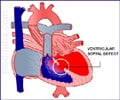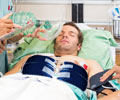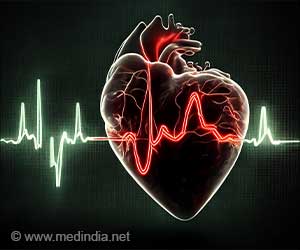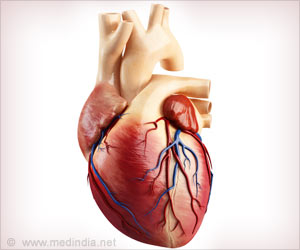Study says heart attack patients whose hearts have stopped beating and who receive CPR from bystanders fare better if their resuscitators skip the rescue breaths
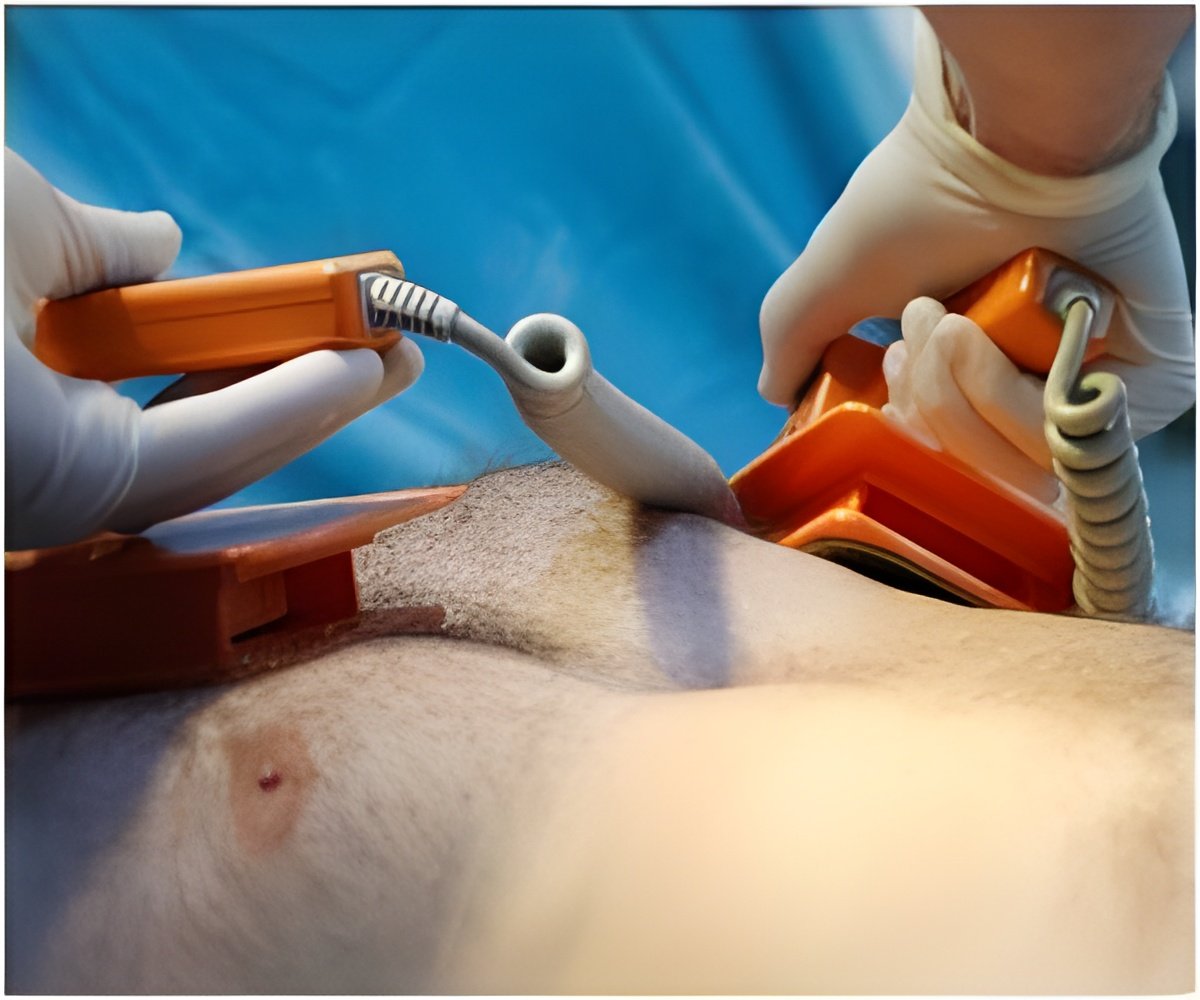
Standard CPR involves alternating chest compressions with rescue breaths.
"We looked at data from three studies," says principal investigator Peter Nagele, MD. "Individually, the studies were ‘underpowered'' statistically and could not show a survival benefit. Basically, there were too few study subjects to determine whether one method of CPR improved survival more than another, but when we combined all three studies, there was a significant increase in survival when witnesses were told by 911 dispatchers to provide chest compression only."
Nagele, an assistant professor of anesthesiology and chief of trauma anesthesiology at Barnes-Jewish Hospital in St. Louis, and his team combined the data from the three studies in a meta-analysis and were able to analyze survival rates in more than 3,700 cardiac arrest patients who received either standard CPR or chest compression only. Those smaller studies had suggested chest compression-only CPR may improve survival - one noted a 14 percent increased survival to hospital discharge, while a second reported a 24 percent improvement in 30-day survival - but because of relatively small numbers in those studies, it was impossible to conclusively determine which of the two CPR methods was actually better.
But analyzing all three studies, Nagele''s team determined that survival improved by 22 percent when bystanders called 911 and were advised by the dispatcher to do chest compression-only CPR.
"When a person goes into cardiac arrest because of a problem with the heart, that individual normally has plenty of oxygen in the body," Nagele explains. "So rescue breaths aren''t as vital to survival as trying to keep blood flowing as regularly as possible. However, if cardiac arrest is secondary to trauma, drowning or a problem not directly related to heart function, then it is advisable to do standard CPR that includes rescue breaths. In those cases, getting oxygen into the system is crucial."
Advertisement
"It is very uncommon for kids to go into cardiac arrest due to a primary heart problem," Nagele says. "If cardiac arrest does occur, it''s likely to be secondary to a severe asthma attack, an allergic reaction or something else unrelated to the heart. Under those circumstances, the body needs oxygen. I strongly recommend chest compression and rescue breaths in kids."
Advertisement
Part of the reason earlier studies could not verify a statistical benefit from the chest-compression-only technique was that the patient survival rate hovers around 10 percent. Even with 1,000 or 2,000 patients in a study, the total number of survivors was small. Only by combining data from all three studies to generate larger numbers were the investigators able to confirm improved survival.
The research team, which included investigators from the Medical University of Vienna in Austria, determined that a 20 percent improvement in survival related to chest compression-only CPR in cardiac arrest patients in North America and the European Union could save as many as 5,000 to 10,000 lives each year.
The new study also found that the benefit occurred only when 911 dispatchers coached bystanders to use chest compression-only CPR. In several uncontrolled studies that simply asked bystanders whether they did only chest compressions or standard CPR, the investigators found no survival benefit with the chest compression-only technique.
Nagele says his findings suggest that if someone nearby has a heart attack, it''s important to first call 911, and then begin chest compressions. He says if it takes several minutes for help to arrive, it also may become necessary to begin rescue breaths, but for the first five to 10 minutes, chest compressions are more important.
"The heart doesn''t literally stop during cardiac arrest," he says. "It gets super excited and electrically very active, and the only way to get it back into rhythm is with an electrical shock, a defibrillation. By doing chest compression-only CPR, a bystander is basically buying time until a paramedic with a defibrillator can jump-start the heart."
Hupfl M, Selig HF, Nagele P. Chest compression-only CPR: a meta-analysis. The Lancet vol. 376 (9749), published online Oct. 15, 2010. www.thelancet.com.
This work was supported by grants from the American Heart Association and the National Institutes of Health.
Washington University School of Medicine''s 2,100 employed and volunteer faculty physicians also are the medical staff of Barnes-Jewish and St. Louis Children''s hospitals. The School of Medicine is one of the leading medical research, teaching and patient care institutions in the nation, currently ranked fourth in the nation by U.S. News & World Report. Through its affiliations with Barnes-Jewish and St. Louis Children''s hospitals, the School of Medicine is linked to BJC HealthCare
Source-Newswise



